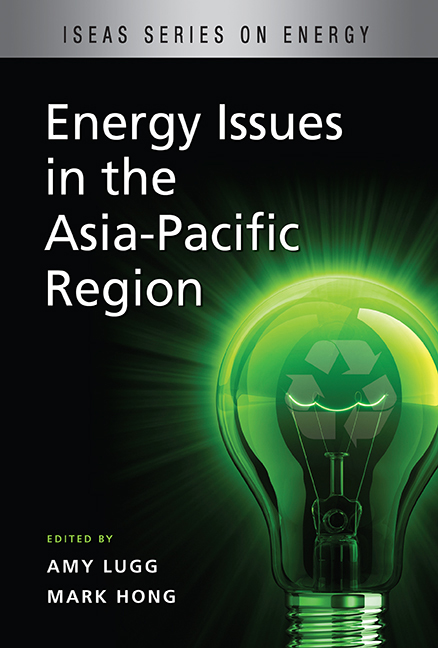12 - Singapore's Solar Challenge
from ALTERNATIVE ENERGY SOLUTIONS
Published online by Cambridge University Press: 21 October 2015
Summary
ABSTRACT
Being rich in resources seems to breed complacency and suppress the urge for progress. What countries like Singapore have to rely on instead is human ingenuity — it is our key resource and our main competitive advantage. We turned the threat of water shortage to our advantage, using it to spur innovation and set the goal of self-sufficiency in water. With energy, however, our story is much more mediocre. Although energy prices have been on the rise, as a nation we still behave like irredeemable energy addicts. Singapore's electricity consumption exhibits the same pattern as our car purchases. Per capita electricity consumption has more than doubled since 1986. Nearly half of that demand comes from the buildings we live and work in, while 44 per cent is from industry. Our combined roof space, exposed façades, and open expressways add up to around 100 square kilometres. If we covered all that with solar photovoltaic (PV) panels, we could generate around one-third of our current electricity consumption. Energy efficiency is a vital prerequisite to self-sufficiency. Air-conditioning, combined with sloppy building design, has much to answer for in terms of squandered electricity. How can we replicate our success with water treatment in the field of solar energy? We must aim for world-leading capabilities that we can export internationally. So far, the leaders (Japan, Germany, the United States, Spain, and Korea) are all in temperate climates. Singapore can pioneer tropical applications for PV.
INTRODUCTION
As many have pointed out, we in Singapore live on a small island — christened by our southern neighbours as “a little red dot”. We have no conventional natural resources to speak of. Many might consider that a disadvantage. But actually we are lucky not to have been cursed with abundant natural resources, such as exist in Indonesia, Africa, or even Australia. For being rich in resources seems to breed complacency and suppress the urge for progress. What countries like ours have to rely on instead is human ingenuity — it is our key resource and our main competitive advantage.
- Type
- Chapter
- Information
- Energy Issues in the Asia-Pacific Region , pp. 272 - 292Publisher: ISEAS–Yusof Ishak InstitutePrint publication year: 2010



